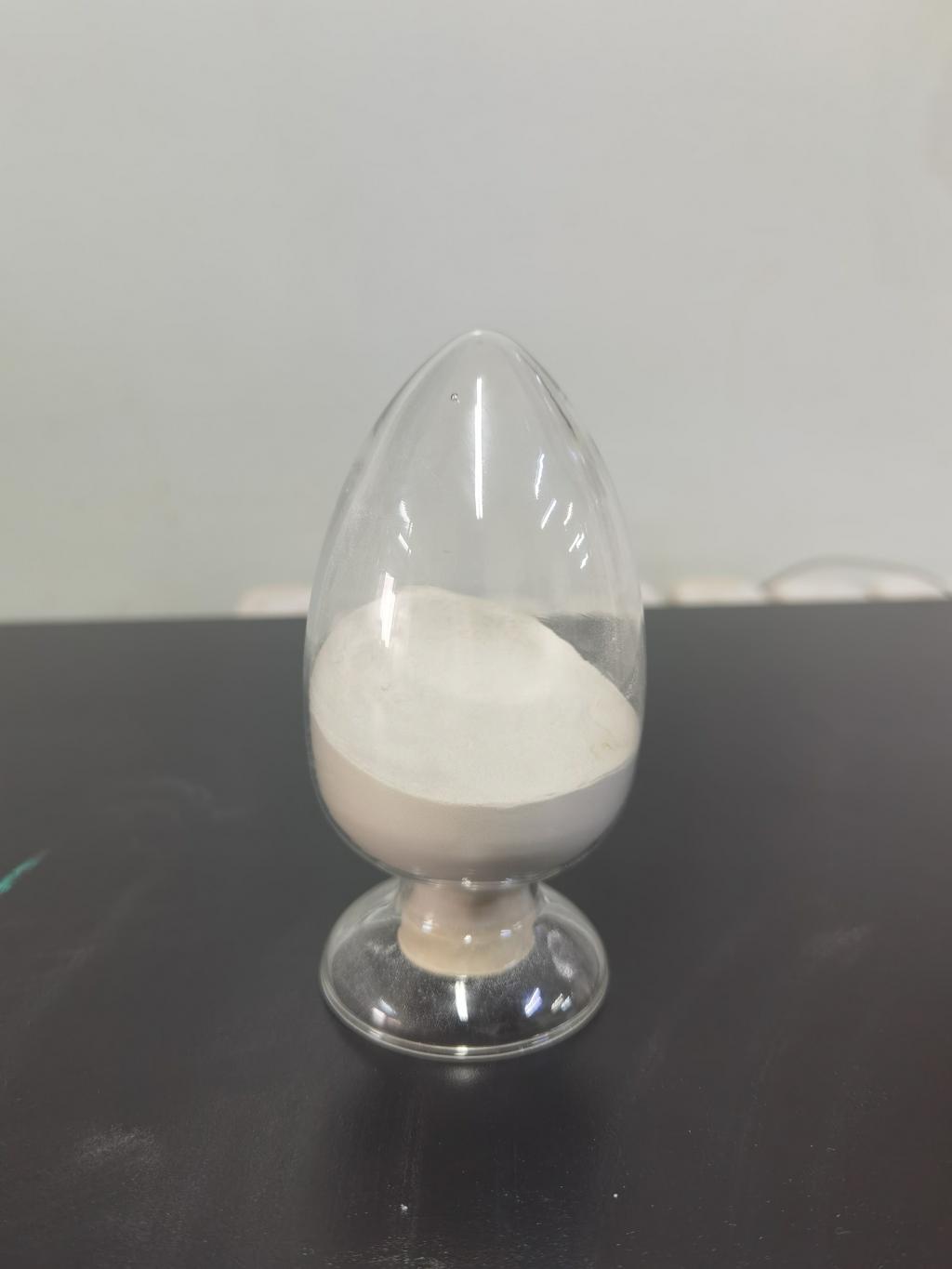Tel:+8618231198596

News
 CONTACT
CONTACT
 CONTACT
CONTACT
- Linkman:Linda Yao
- Tel: +8618231198596
- Email:linda.yao@dcpharma.cn
- Linkman:CHARLES.WANG
- Department:Overseas
- Tel: 0086 0311-85537378 0086 0311-85539701
News
Nisin-based strategies for foodborne illness prevention.
TIME:2024-05-15
1. Introduction:
Foodborne illnesses pose a serious threat to public health, causing considerable morbidity and mortality globally. Contaminated food products serve as vehicles for the transmission of pathogenic microorganisms, including bacteria, viruses, parasites, and fungi, leading to a wide range of gastrointestinal infections and other health issues. The growing incidence of foodborne diseases underscores the urgent need for effective prevention strategies. In recent years, there has been increasing interest in the use of natural antimicrobial agents derived from plants, animals, and microorganisms to control microbial growth in foods and minimize the risk of foodborne illness. Nisin, a bacteriocin produced by certain strains of Lactococcus lactis, represents one such natural antimicrobial peptide with broad-spectrum activity against various foodborne pathogens.
2. Mechanisms of Action:
Nisin exerts its antimicrobial activity primarily by disrupting the integrity of bacterial cell membranes. It binds to lipid II, a precursor molecule involved in cell wall biosynthesis, leading to pore formation and leakage of cellular contents. Additionally, nisin may disrupt membrane potential, inhibit enzyme activity, and induce cell lysis, ultimately resulting in bacterial death. The unique mode of action of nisin makes it effective against a wide range of Gram-positive bacteria, including pathogens such as Listeria monocytogenes, Staphylococcus aureus, and Bacillus cereus.
3. Applications in Food Preservation:
Nisin has been approved for use as a food preservative in many countries and is commonly employed in a variety of food products, including dairy, meat, poultry, seafood, and canned foods. It can be incorporated directly into food formulations or applied as a surface treatment to control microbial growth and extend shelf-life. Nisin-based interventions have been shown to inhibit the growth of spoilage microorganisms and pathogens, reduce the risk of foodborne illness, and enhance the safety and quality of foods. Furthermore, nisin synergistically interacts with other antimicrobial agents, such as organic acids and chelators, to achieve greater efficacy in food preservation.
4. Challenges and Future Directions:
Despite its widespread use and proven efficacy, several challenges remain to be addressed to maximize the potential of nisin in foodborne illness prevention. These include issues related to regulatory approval, cost-effectiveness, consumer acceptance, and the development of resistance among target microorganisms. Future research efforts should focus on optimizing the production, formulation, and delivery of nisin, exploring novel applications in emerging food processing technologies, and addressing concerns about safety and sustainability.
5. Conclusion:
Nisin-based strategies offer promising opportunities for mitigating the risk of foodborne illnesses and improving the safety and quality of foods. By leveraging the antimicrobial properties of nisin, food producers can develop innovative approaches to enhance the shelf-life of products while meeting consumer demand for minimally processed, natural ingredients. Continued research and collaboration are essential to overcome existing challenges and unlock the full potential of nisin as a valuable tool in food preservation and public health.
- Tel:+8618231198596
- Whatsapp:18231198596
- Chat With Skype







